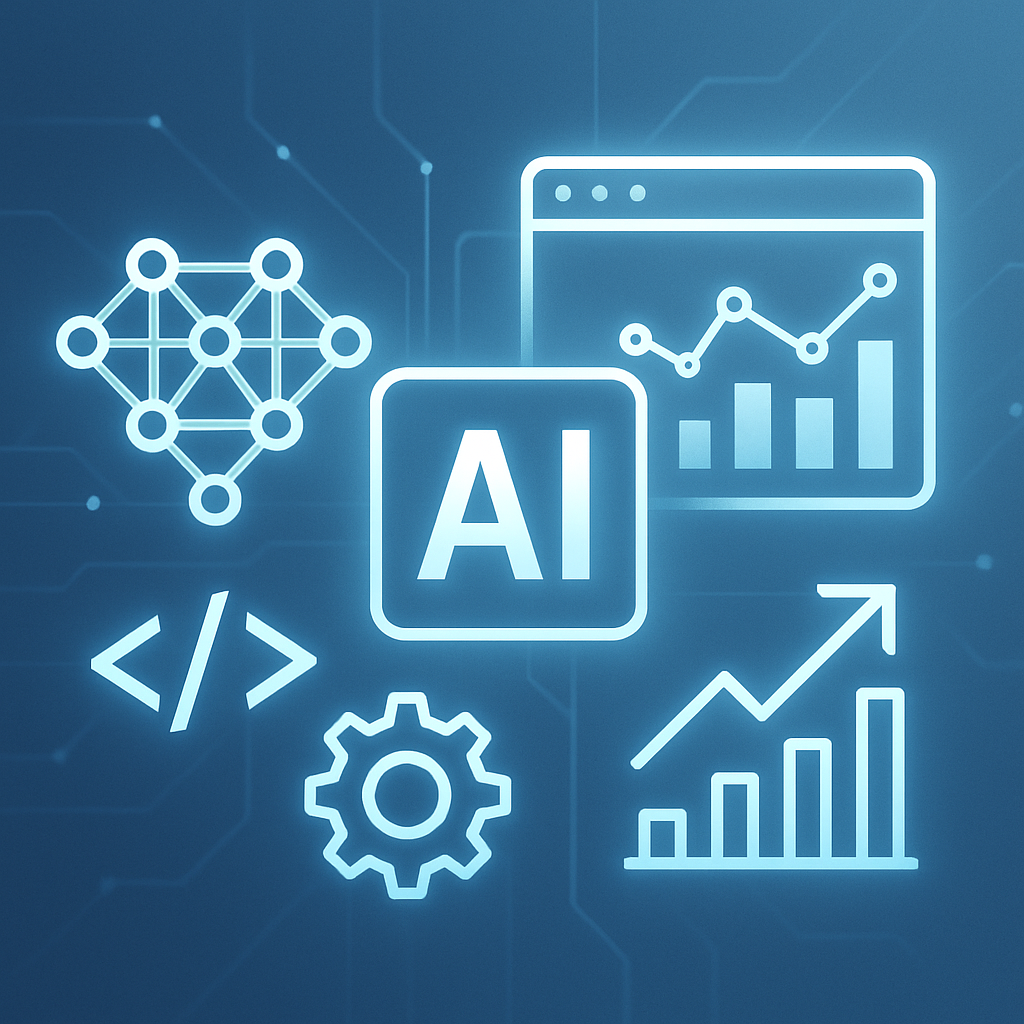
Unlocking Efficiency: How Custom Apps Transform Workflow & Growth
Introduction to custom business application development
In the rapidly evolving digital landscape of 2025, businesses are increasingly turning to custom business application development to address unique operational challenges. Unlike off-the-shelf software, custom applications are crafted to meet specific organizational needs, unlocking efficiency and fueling growth.
Why Tailored Applications Outperform Generic Solutions
Standard software often imposes a one-size-fits-all approach, which can lead to workflow bottlenecks and limited scalability. Custom applications, by contrast, are designed with a business's exact processes and goals in mind. This bespoke nature means workflows are streamlined, redundancy is minimized, and employee productivity is maximized.
Case Study: Streamlining Workflow in a Logistics Company
Consider a mid-sized logistics firm facing delays due to fragmented order processing and inventory management. By deploying a custom application integrating real-time tracking, automated inventory updates, and client communication portals, the company reduced order-processing time by 40%, demonstrating the tangible impact of tailored solutions on operational efficiency.
Key Benefits Driving Business Growth Through Custom Applications
1. Enhanced Workflow Automation
Custom software can automate mundane and repetitive tasks such as data entry, report generation, and scheduling. This allows human resources to focus on strategic responsibilities that drive growth.
2. Improved Data Integration and Accessibility
Organizations often use a mix of disparate tools, leading to data silos. A custom application can unify these systems, providing seamless data flow. This integration supports better decision-making through comprehensive insights.
3. Scalability and Adaptability
As businesses evolve, their software needs change. Tailored applications are designed with modularity and scalability, allowing for new features to be added without disrupting existing workflows.
4. Competitive Differentiation
Custom apps enable unique service offerings or internal processes that competitors can’t easily replicate, providing a distinct market advantage.
Emerging Trends Shaping Custom Application Development in 2025
Artificial Intelligence and Machine Learning Integration
Modern custom applications increasingly incorporate AI and ML to provide predictive analytics, intelligent automation, and adaptive user experiences. For instance, sales applications may use AI to prioritize leads based on conversion likelihood, optimizing resources.
Cloud-Native Architecture
Building applications on cloud platforms ensures accessibility, scalability, and resilience. Businesses benefit from reduced infrastructure costs and improved collaboration across distributed teams.
Low-Code and No-Code Platforms
These development approaches empower businesses to rapidly prototype and deploy applications tailored to evolving needs, drastically shortening development cycles while maintaining customization.
Challenges and Considerations in Custom Application Development
Though promising, custom development requires careful planning. Key considerations include:
- Requirement Analysis: Deep understanding of business processes to avoid scope creep and ensure alignment.
- Change Management: Preparing teams for new workflows and training to realize full benefits.
- Security and Compliance: Tailored applications must incorporate robust safeguards and comply with industry regulations.
- Maintenance and Support: Ongoing investment to keep applications updated and responsive to changing business needs.
Real-World Example: Health Services Streamlining Patient Management
A healthcare provider invested in a custom patient management system integrating appointment scheduling, digital records, and billing. As a result, administrative overhead dropped by 30%, appointment no-shows declined due to automated reminders, and patient satisfaction improved markedly.
Conclusion: Harnessing Custom Applications for Future-Ready Businesses
Custom business application development is a catalyst for operational excellence and sustainable growth. By aligning technological solutions with distinctive business demands, organizations unlock new efficiencies and strategic opportunities. As technology advances, those embracing tailored applications will be positioned to innovate, adapt, and thrive in the competitive markets of 2025 and beyond.




